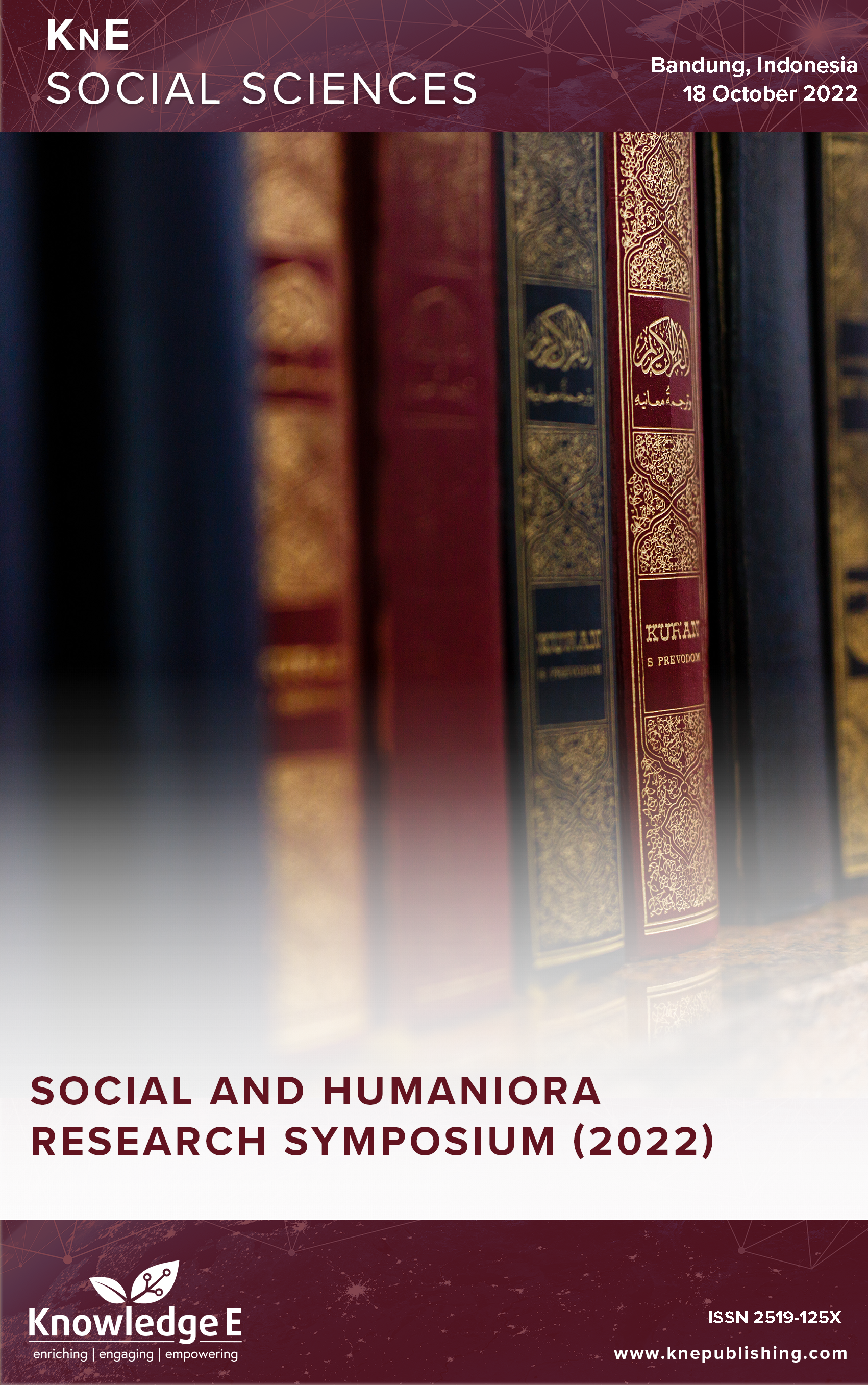Mainstream Media Strategy Embracing Muslim Centennials
DOI:
https://doi.org/10.18502/kss.v8i18.14338Abstract
The mainstream mass media has recorded its history in the journey of Indonesian journalism. The development and condition of the Covid-19 pandemic that utilizes digitalization technology have forced the mainstream mass media to transform to survive. The mainstream media is still read by Gen Z or centennials even though in the onslaught of social media and the shift of the age of information seekers or readers. Despite using social media and news aggregators as their first information sources, centennials still use mainstream media to clarify dubious facts they found on digital media. This study explores how the mainstream mass media survive and embrace the 100th generation as them. The researcher used an approach with case study methods and data collection techniques using observation, in-depth interviews, and document studies. The research subjects are editors of online mainstream media, namely suaramerdeka.com, krjogja.com, pikiran-rakyat.com, and Republika.co.id. This study discusses the strategic differences between the online mainstream media in the regions and the national media. Three interest findings are the highlight of this study. First, the routine media and approaches used to embrace the centennial generation as a potential audience. Second, the existence of content creators in the ranks of journalists is a new phenomenon that presents pros and cons. Third, the Republika.com approach as a media that serves Muslim audiences to Muslim centennials. Lastly, the use of journalistic language style that is familiar to centennials.
Keywords: mainstream media, Muslim centennials, content creator, media routine
References
[2] Han C, Yang M, Piterou A. Do news media and citizens have the same agenda on COVID-19? An empirical comparison of twitter posts. Technol Forecast Soc Change. 2021 Aug;169(April):120849.
[3] Salaudeen MA, Onyechi N. Digital media vs mainstream media: Exploring the influences of media exposure and information preference as correlates of media credibility. Cogent Arts Humanit. 2020;7(1):1837461.
[4] Ferreira GB, Borges S. Media and Misinformation in Times of COVID-19: How people informed themselves in the days following the Portuguese declaration of the state of emergency. J Med. 2020;1(1):108–121.
[5] Strömbäck J, Tsfati Y, Boomgaarden H, Damstra A, Lindgren E, Vliegenthart R, et al. News media trust and its impact on media use: Toward a framework for future research. Ann Int Commun Assoc. 2020;44(2):139–156.
[6] Stillman DS. Generasi Z : memahami karakter generasi baru yang akan mengubah dunia kerja. Monograf. 2nd ed. Jakarta: Gramedia Pustaka Utama; 2018.
[7] Kompas, “Generasi Z dan Milenial Dominasi Jumlah Penduduk Indonesia,” Jakarta, Nov. 15, 2021.
[8] Erubami JA. “Analysis of students’ preference for social and mainstream media as platforms.” no. November, 2020.
[9] Kusumalestari RR, Satriani A, Permatasari AN, Anjani M, Nadifah NN. Gen Z’s Reception of Covid-19 Information on Digital Media. Mediat J Komun. 2021;14(2):157– 167.
[10] Ambardi K. “TRUST: KASUS REKLAMASI TELUK JAKARTA,” in Jurnalisme. ‘ “Berita Palsu”’, & Disinformasi, 2019, pp. 1–42.
[11] Widarini DA, Saifullah H, Natalina Nilamsari, Andriani F, Wiyati EK. “Laporan Akhir Penelitian: Kepercayaan Publik Terhadap Media Pers Arus Utama,” pp. 1–56, 2019, [Online]. Available: https://dewanpers.or.id/assets/ebook/jurnal/ 1912180757_Laporan_Ahir_1_November_2019_Edit(1).pdf
[12] Lexy J. Moleong, Metodologi Penelitian Kualitatif, Revisi. Bandung: Remaja Rosdakarya; 2010.
[13] Widiastuti N. Berita Viral di Media Sosial Sebagai Sumber Informasi Media Massa Konvensional. J Digit Media Relatsh. 2019;1(1):23–30.
[14] Fauzi M. Jurnalisme Di Era Digital. JICOMS J Islam Commun Media Stud. 2021;1(1):16– 37.
[15] McQuail D. Teori Komunikasi Massa. Buku 2, Keenam. Jakarta: Salemba Komunika, 2011.
[16] Purwani DA, Kertamukti R. “Memahami Generasi Z Melalui Etnografi Virtual.” ResearchGate, no. January, pp. 65–76, 2020, [Online]. Available: https://www.researchgate.net/publication/ 338764624_Memahami_Generasi_Z_Melalui_Etnografi_Virtual
[17] Satriani A, Permatasari AN, Kusumalestari RR, Nadifah NN, Anjali M. “How geneneration Z trust in sources of information related to Covid-19.” Proc 4th Soc Humanit Res Symp (SoRes 2021). 2022;658(SoRes 2021):4–6.
[18] Aryusmar. “KARAKTERISTIK BAHASA JURNALISTIK DAN PENERAPANNYA PADA MEDIA CETAK.” no. 45, pp. 1209–1218.
[19] Annisa F, Junaidi A. Implementasi Bahasa Jurnalistik pada Media Siber (Analisis Wacana pada Berita Okezone.com Kanal Perjalanan). Koneksi. 2022;6(1):101.
[20] Fadilah N, Mony H. “Penerapan Bahasa Indonesia Jurnalistik di Media Online.” J Ilmu Komun. 2020;2(1):1–19. [Online]. Available: http://jurnal.usahid.ac.id/index.php/ ilmu_komunikasi/article/view/297/265

